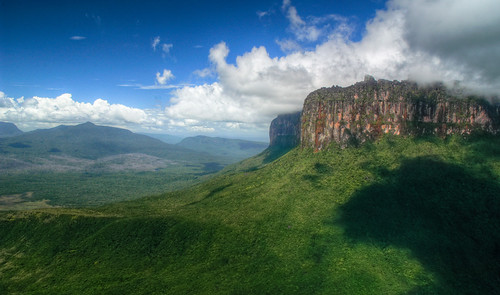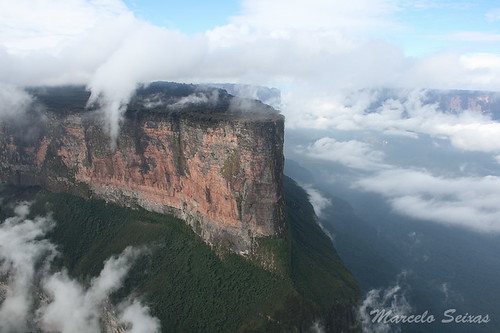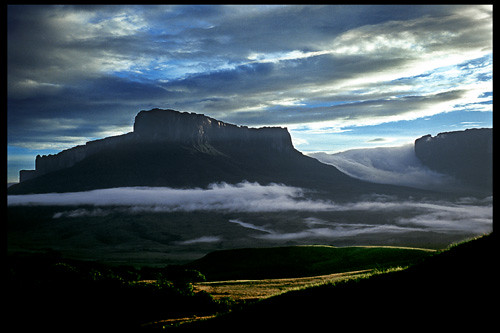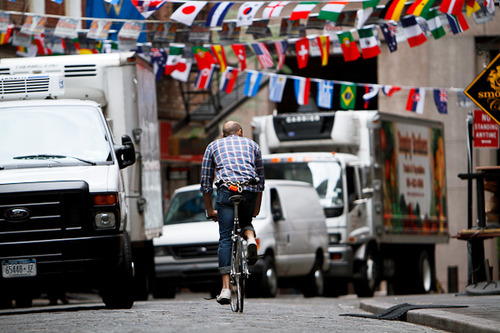Destinations: Wat Si Chum, Sukhothai
Thailand
17.0211, 99.7036
17.0211, 99.7036
This is the first Destinations File that I share where I have been, and would encourage others to go. The city of Sukhothai, located in central Thailand, is a historical city of the first kingdom of Thailand. As with most historical ruins, the dwellings of everyday people no longer remain, having long ago been ravaged by the forces of war, climate, and time. What is left is a beautiful temple complex containing many beautifully restored Buddhist temples, or wats. Of these, my favorite is Wat Si Chum, and the photography of this post will highlight that particular wat.

Wat Si Chum (The Temple Of The Bodhi Tree) is believed to be dated back to the 13th century. The Buddha statue sits 11 meters high, surrounded by walls that are 15 meters in height, also known as a Mandapa. The width of the Buddha means that it dominates the small enclosure, and now it is open to the sky, though once there was a roof overhead.

The temple was re-discovered by the archaeologist Louis Fournereau in 1891. Wat Si Chum is one of the most historically significant temples in Thailand, and is apparently the most studied of any Thai Temple. King Rama VI wrote about Wat Si Chum in a book written while he was the Crown Prince.

The walls are about 3 meters thick, and conceal a small entry way with stairs to a corridor that rings about the small wat. Inside the corridor ceiling are more than fifty engraved slate slabs, dating back to the mid 14th century, illustrating scenes from the Jataka tales, stories of the Buddha’s previous lives. Unfortuantely this passageway is closed to normal tourists, I would have loved to get a peak inside.
The hands of the Buddha are also covered in gold foil, put there by worshippers as offering to the Buddha. Youc an see the squares on the hands, though since these photographs were taken on black and white film (pre-digital for me), you'll have to continue to imagine how they would look in real life. Better yet, go see for yourself! Enjoy.

The temple was re-discovered by the archaeologist Louis Fournereau in 1891. Wat Si Chum is one of the most historically significant temples in Thailand, and is apparently the most studied of any Thai Temple. King Rama VI wrote about Wat Si Chum in a book written while he was the Crown Prince.

The walls are about 3 meters thick, and conceal a small entry way with stairs to a corridor that rings about the small wat. Inside the corridor ceiling are more than fifty engraved slate slabs, dating back to the mid 14th century, illustrating scenes from the Jataka tales, stories of the Buddha’s previous lives. Unfortuantely this passageway is closed to normal tourists, I would have loved to get a peak inside.
The hands of the Buddha are also covered in gold foil, put there by worshippers as offering to the Buddha. Youc an see the squares on the hands, though since these photographs were taken on black and white film (pre-digital for me), you'll have to continue to imagine how they would look in real life. Better yet, go see for yourself! Enjoy.




































